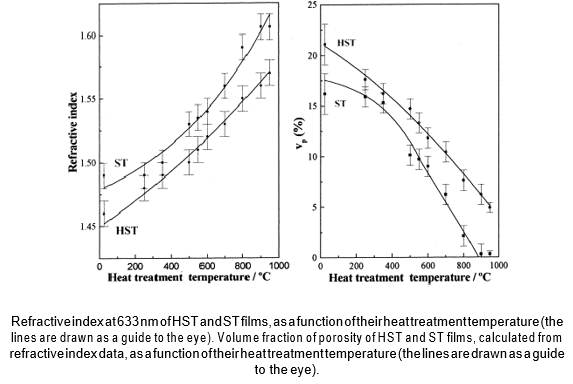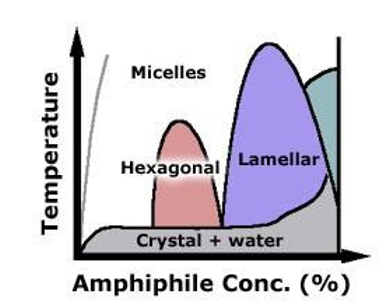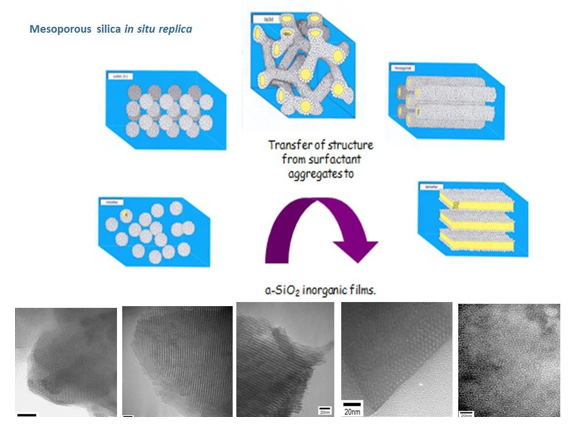The sol-gel versatility allows great variety of topologies (3D, 2D). Sol-gel bulk glasses, thin and mesostructured films were synthesized and characterized aiming optical performance and new synthesis methodologies were proposed.
For optical communications systems, bulk optics is not convenient in large scale-applications, because of the sensitivity of such systems to temperature changes and mechanical vibrations, whereas integrated optics (IO) is a planar waveguided-based technology which allows the implementation of systems with much smaller dimensions than bulk optics (cm rather meters). For the fabrication of IO components sol-gel offers advantages over other synthesis methods in terms of compositional tailoring, functionality and cost. In particular, active doping of silica- titania sol-gel planar waveguides with cations such as Nd3+ and Er3+ has yielded very promising results. In order to increase the single layer thickness of the sol-gel coating before cracking occurs during densification it is advantageous to use organically-modify sol-gel precursors. The evolution of the hybrid coatings refractive index with temperature was studied. The porosity volume fraction of the hybrid films was estimated from the refractive index, with the Lorentz-Lorenz equation.

A rapidly developing new trend in materials science is the transfer of structure from surfactant aggregates to inorganic solids. In water, surfactant aggregates into micelles or, at higher concentrations, into lyotropic liquid-crystalline phases, being useful templates for the synthesis of inorganic nanostructures. Liquid crystalline phases, consisting of nonionic surfactant and water have been exploited as templates for the synthesis of inorganic silica nanostructure films. The sol-gel synthesis of inorganic silica was conducted in the aqueous domains of the microphase-separated medium; hence a cast of the liquid crystalline phase was produced, from the HI, Ia3d, and L mesophases.

Ordered mesoporous materials are unique materials that are defined by an ordered and repetitive mesostructured of pores and disordered arrangement at the atomic level. Their synthesis is based on the use of surfactants that act as templates to direct the morphology of the final amorphous material. Simply, the synthesis process starts with the dissolution of surfactant molecules into polar solvents to yield liquid crystal suspensions. The pair surfactant/solvent defines the working phase diagram. When the surfactant concentration is above the critical micellar concentration (CMC) then the surfactant molecules self-assembly into micelles. Higher surfactant concentrations allow the formation of micellar cubic, hexagonal or lamellar self-assembly structures. Once the (liquid crystal) aggregates are formed, the silica precursors are added to the suspension, the sol-gel reactions occurs and a mesoporous silica material is produced. Finally, the surfactant is removed by chemical or thermal degradation.

Designed and developed by: Diogo Reis